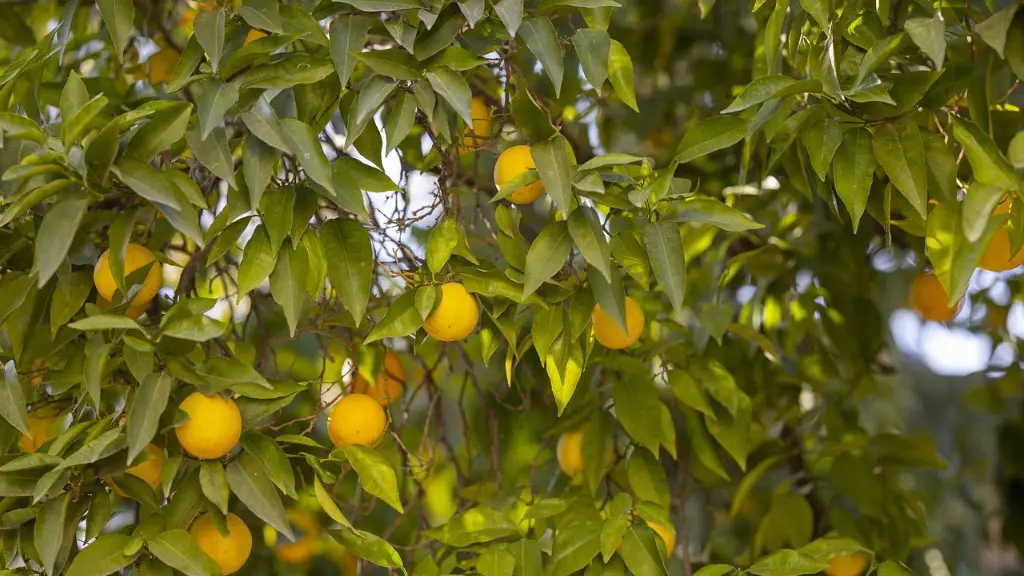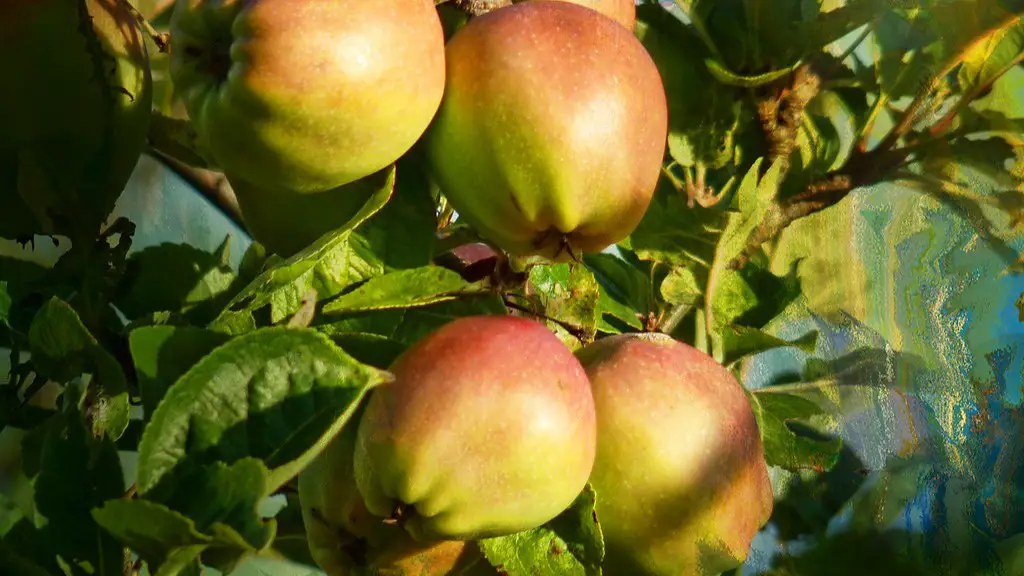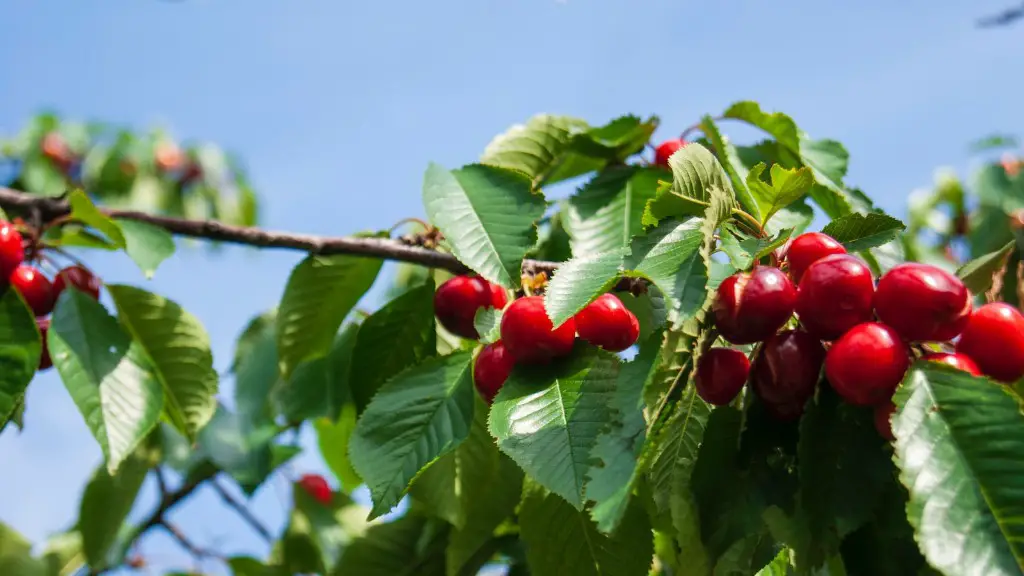Palm trees can add an exotic and tropical look to a landscape. But it is important to be informed about the planting and growing requirements of a palm tree if it is to survive and thrive in Texas. Before planting a palm tree, it is important to understand that the success of a palm tree in this region depends on selecting the correct species for the growing area, as many palm trees are not cold hardy and will not survive winters in the northern part of Texas.
For the most success in planting a palm tree in Texas, you should opt for the cold hardy, drought-tolerant species such as Cabbage Palm, Needle Palm, Canary Island Date Palm, Texas Sabal Palm, Dwarf Palmetto, and Soldier Palm. It is important to recognize that all palms need good drainage and also need a lot of direct sunlight.
In order to plant a palm tree, the soil should be prepared by digging a hole that is two to three times the diameter and depth of the root ball. It is important to fertilize the soil before planting with a slow-release 8-2-12 fertilizer. Additionally, the soil should be mixed with compost to keep the palm tree moist, especially during hot periods.
When planting the tree, it should be planted at the same level as it was in the pot and the roots should be spread out evenly after being placed in the hole. When filling the hole with soil again, it might be necessary to tamp down the soil to remove air pockets as air pockets will prevent the roots from properly taking hold.
It is important to remember to water the tree regularly while it is getting established in the ground. Newly-planted palms need regular deep watering until the tree grows its roots out to the surrounding area. After that, the palm tree should be watered two to three times a week but make sure not to overwater it. Additionally, palms should be fertilized in spring with a 8-2-12 fertilizer and then again in summer.
As a general rule, palms should not be pruned until they reach their mature height as palms generally grow slower in this region than in other warmer climates. If it is necessary to prune the tree in order to make it fit in the landscape, it should always be done in the late winter when the palm is not actively growing.
Frost Protection
Most palms will not tolerate even light frost and can suffer injuries that could potentially kill them. For palm trees planted in region in Texas where temperatures below freezing occur, it might be necessary to take some precautions to protect the tree. One method that can be used is to construct a burlap screen to protect the palm tree from the cold. Another method is to wrap the palm tree with a frost blanket or heaters to keep it warm during frosty weather.
Pest and Disease Prevention
Palms are susceptible to many pests and diseases so it is important to take preventive measures to keep them healthy. The most common problems in Texas are disease caused by fungus which can be easily managed with fungicides. Additionally, some diseases are spread by insects such as scale and mealybug, and it might be necessary to use specialized insecticides in order to treat these types of problems.
To avoid pest and disease, it is important to inspect the palms regularly for signs of disease or insect problems. Additionally, palms should be watered in the morning and kept dry since too much humidity can lead to problems. In order to ensure good air circulation and light, the trees should be placed in an open spot and not crowded with other plants.
Fertilization
Fertilizing palms can be beneficial to their health and an 8-2-12 fertilizer should be applied two times a year in early spring and summer. Slow release fertilizers can be used as they will provide continuous nutrition for the palms. Additionally, when fertilizing palms, it is important to always dilute the fertilizer in water as instructed in the packaging before applying to the soil.
Maintenance
Palm trees should be trimmed regularly to keep them in shape and to prevent them from overcrowding other plants. Pruning should be done in late winter when the palm tree is not actively growing and should be done with sharp pruning shears to avoid harming the tree. Additionally, it might be necessary to remove any dead leaves or branches as this restricts the growth of the tree.
Regularly removing dead leaves and weeds also helps in keeping the palm healthy and pest-free as weeds and dead leaves can harbor pests and disease and should be removed in order to keep the palms healthy. During the winter, it is important to wrap the palms in a frost blanket if temperatures below freezing are expected in order to protect them.
Planting Companions
When planting a palm tree in Texas, it is important to pick the right species suited for the growing area. Additionally, other plants and trees can be planted in order to complement the palm tree in the landscape. Plants and trees such as yucca, agave, and sago palms can be used as complementary plants that create a beautiful and interesting landscape.
Irrigation
Palm trees need water to survive and it is important to irrigate them on a regular basis. When watering the palms, it is important to water deeply to ensure that all of the roots are getting the moisture they need. Additionally, when possible, it is preferable to use recycled rainwater or grey water from washing clothes to water the plants as this water is better for the palms.
Mulching
Mulching is very important as it helps in regulating the moisture in the ground and allows the soil to keep its nutrients. Additionally, mulching helps to reduce weeds and keep pests at bay. Mulching should be done in a circular shape around the base of the tree and should be at least two to three inches deep. The mulch should be made of organic material such as straw, grass clippings, sawdust, and bark chips.



